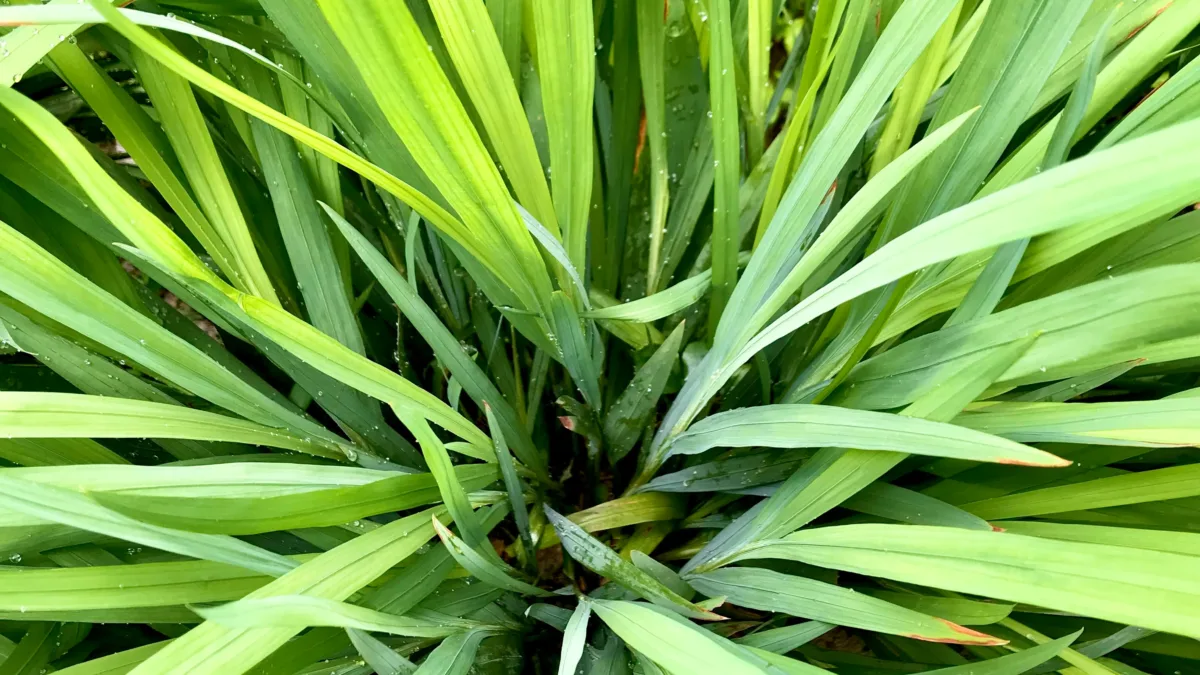Lemongrass is a versatile plant. Its leaves have many uses, but the most common use is in culinary preparations. It can be grown in a container and kept alive with water. To grow lemongrass, you’ll need to keep it alive and moist. Once it’s mature, you can harvest it.
Growing lemongrass
Lemongrass is an herb that can be grown indoors or outdoors. Lemongrass is easy to grow and requires little attention. It grows in a wide range of soils and can tolerate some shadiness. It is best to plant lemongrass in the spring after the last frost date. Once the plant has established healthy roots, you can move it to a more sunny spot.
Lemongrass is a subtropical perennial and will die back if exposed to hard freezes. If you live in an area that receives heavy frosts, you should bring it indoors for the winter. Lemongrass can survive in zones 10 and above, but will die back in colder climates. If you live in a colder climate, you should bring your lemongrass indoors or plant it in a pot. During the winter, water your lemongrass plants thoroughly.
Keeping it moist
Keeping lemongrass moist is an important part of plant care. If you are growing your lemongrass outdoors, you should be aware that it cannot handle freezing temperatures, so you will want to bring your plant indoors in the winter. However, if you live in a mild climate, you can grow your lemongrass year round in pots and bring it inside for the winter. If you are growing lemongrass indoors, you should keep it in a cool dark spot in your home.
Keeping lemongrass moist is essential to prevent wilt and other pest problems. During the winter, lemongrass is susceptible to massive cold damage, which may even kill the plant. Spider mites can also cause damage to the leaves. If you notice these pests, you can use neem oil or mite spray to rid your lemongrass of them. Aphids can also wreak havoc on lemongrass plants by sucking the sap from its leaves and spreading various plant diseases. Using insecticidal soap is another way to eliminate aphids.
Keeping it alive
Lemongrass grows best in an indoor environment where it can receive ample amounts of sunlight and moisture. It needs ten hours of light daily to stay healthy. Once it is established, your plant should be watered about 1/4 inch twice a week. During the winter, lemongrass is more difficult to keep alive due to the dry indoor conditions.
Lemongrass is a hardy perennial and does best in zones 10 and 11. In zones 8 and below, lemongrass will die back to the ground. Indoors, you can grow lemongrass in a container and placed in a bright light. During the winter, lemongrass plants may be susceptible to rust fungus, which can cause brown spots on leaves and cause the plant to die. The best way to prevent rust is to keep the soil moist at the soil level.
Harvesting
Lemongrass is an herb that has an aromatic, citrus scent. It grows well in a sun-rich soil and can be transplanted to a garden bed in late spring or early summer. Your plants will benefit from a mix of compost and aged manure to increase its water-holding capacity and fertility. It should be spaced at least 18 inches apart and in a sheltered location.
The best time to harvest lemongrass is when the leaves and stems are about a foot high. The stalks can be cut or pulled whole, and the base should be at least one-half inch thick. The leaves can be used fresh, or the entire stalk can be used for tea.

